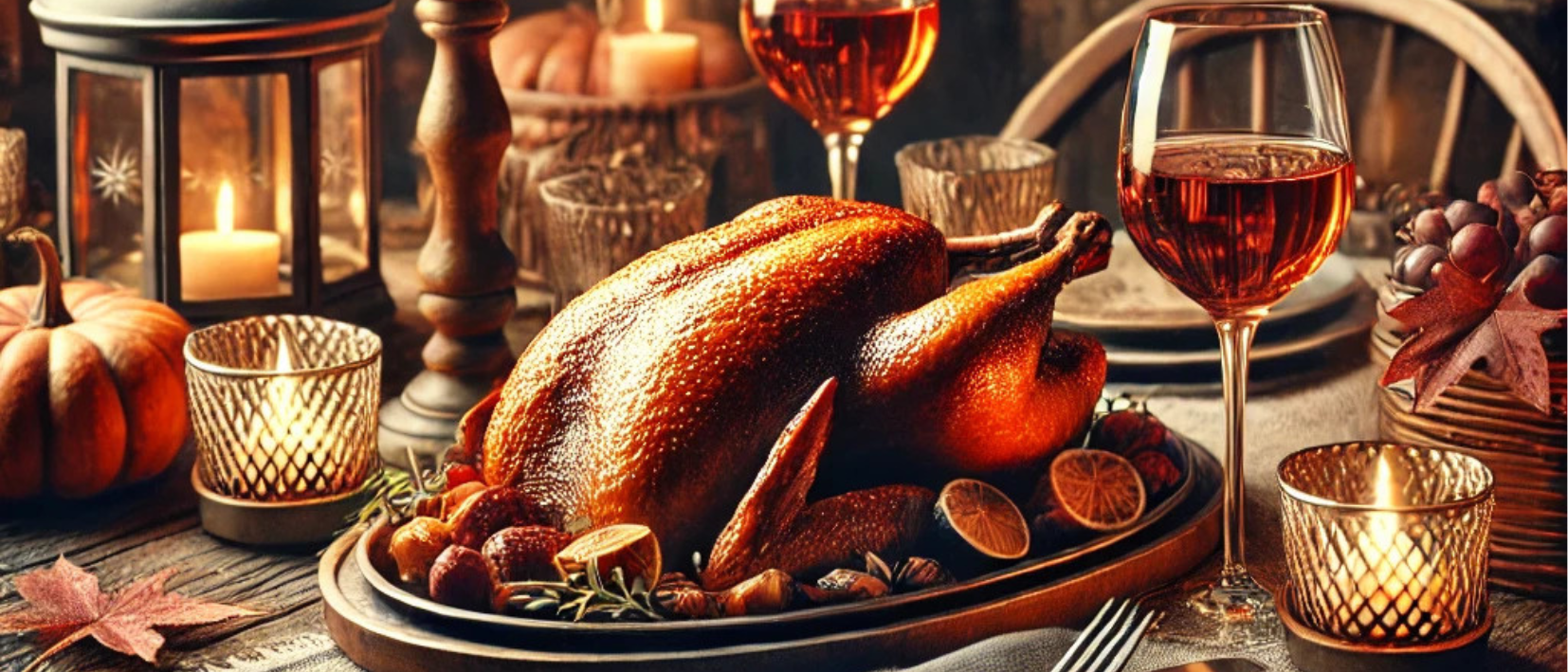Today we bring you an article from our new series Czech Traditions! St. Martin’s Day, celebrated on November 11th, is rich in Czech traditions marking the end of the agricultural year, the arrival of winter, and the tasting of new wine.
St. Martin and the Snow Legend
A well-known saying, “St. Martin arrives on a white horse,” symbolizes the first snow, as it often begins around this date. St. Martin, a soldier who became a monk and later bishop of Tours in the 4th century, is remembered for his compassion. The famous tale of him sharing his cloak with a freezing beggar has become a symbol of charity.
The Tradition of St. Martin’s Goose
Another central tradition is the roasted goose, believed to either honor geese that disturbed Martin or to celebrate the season’s end with a hearty meal. Goose with dumplings and cabbage is the quintessential St. Martin’s feast, representing the harvest’s abundance.
St. Martin’s Wine and Markets
On St. Martin’s Day, the first bottles of the year’s young wine are opened. This custom, inspired by France’s Beaujolais Nouveau, is now a beloved Czech celebration, often paired with local food at autumn markets. Some towns also hold festive parades featuring St. Martin on a white horse, recalling his legacy of kindness.
A Celebration for All
Today, St. Martin’s traditions bring people together to enjoy seasonal food, taste new wine, and celebrate the start of winter. This blend of old customs with modern gatherings creates a warm, festive atmosphere beloved by Czech families and communities.
Go and try the traditional St. Martin’s goose and let us know how you liked it.


Leave a Reply